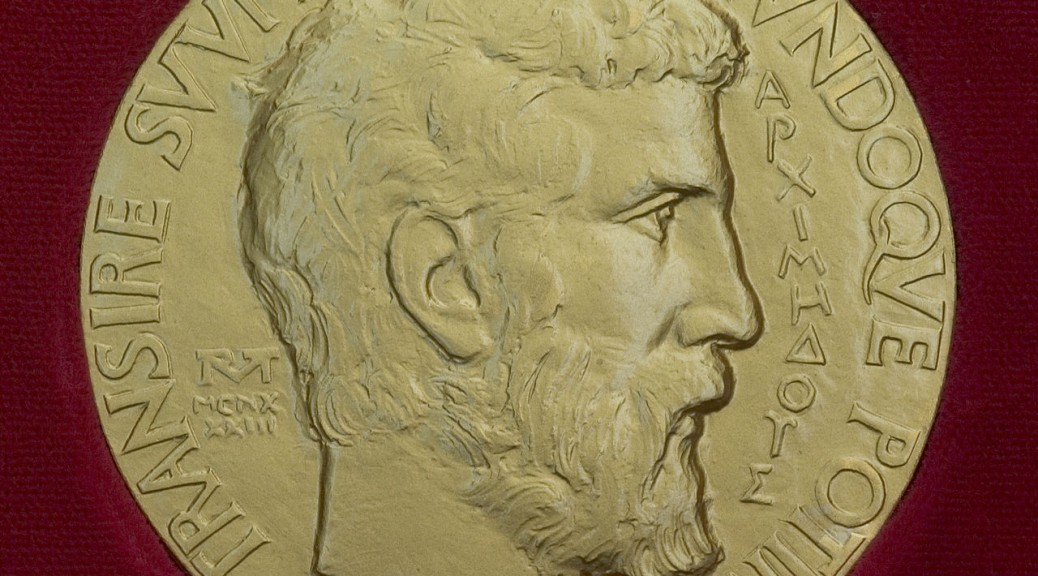Just read the news that Prof Maryam Mirzakhani won the prestigious Fields medal (the equivalent of Nobel prize in Mathematics). She is the first woman to ever win the prize. First of all, congratulations to her. Coming from an Iranian background, being a woman, I’m sure it must have been hard for her.
Women seem to have difficulties in quantitative fields — we see this everywhere. The general belief is that compared to men, women are more creative and intuitive, but less analytical. They take in the world as a whole. Theirs is a romantic understanding, concentrating on the immediate appearance and values of the objects around them. This mode of understanding is to be contrasted with the analytic, classical understanding of men, who seem to mentally divide things in smaller, manageable chunks and drill down to the underlying forms to come to grip with world around them. In giving this description, I’m trying to paraphrase what Richard Pirsig said in the opening chapters of Zen and the Art of Motorcycle Maintenance. The analytic mode of understanding lends itself better to quantitative fields like mathematics, and hence the paucity of brilliance among female mathematicians.
Stating the reason that way doesn’t really explain anything. We have to wonder where this gender difference comes from. Continue reading

